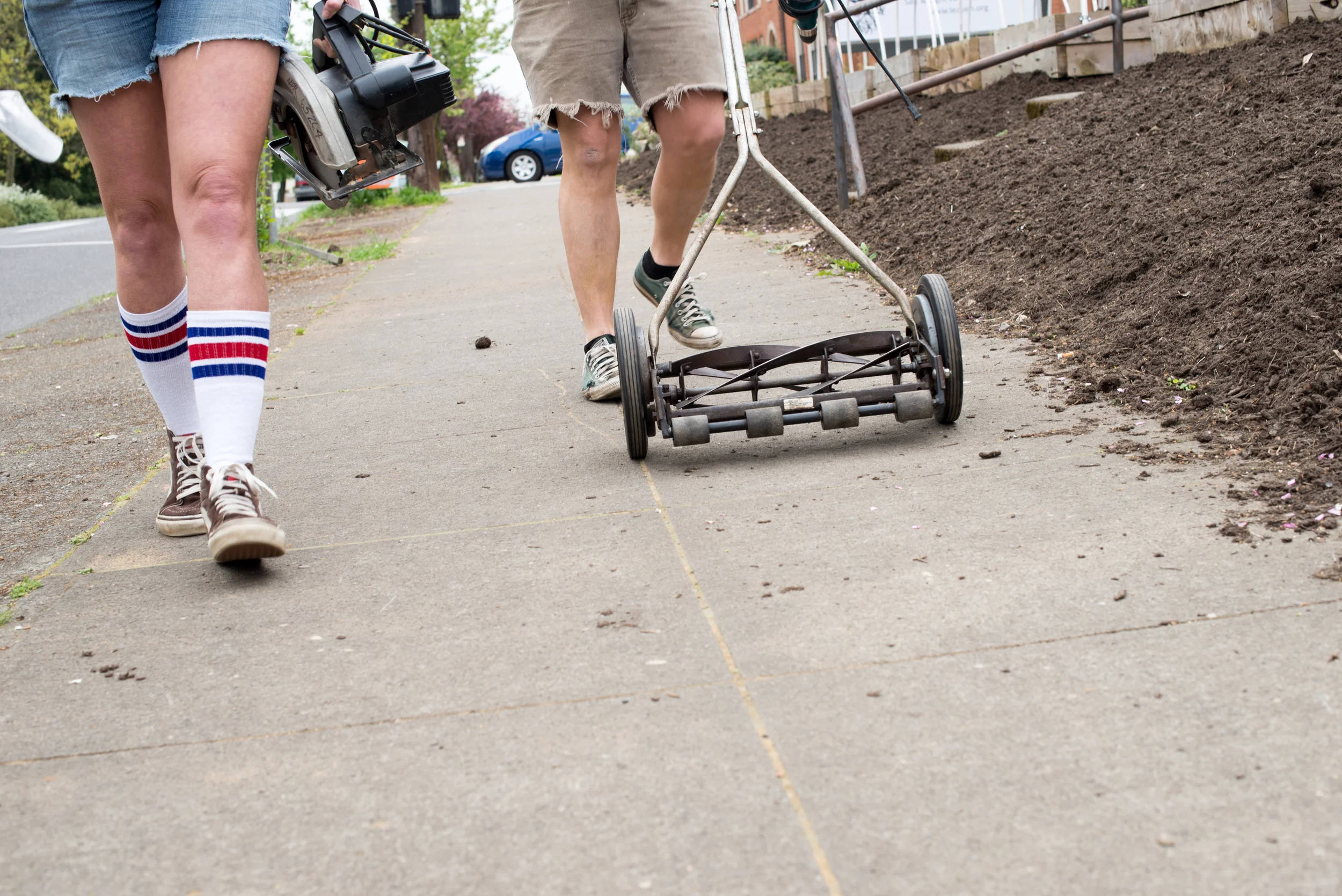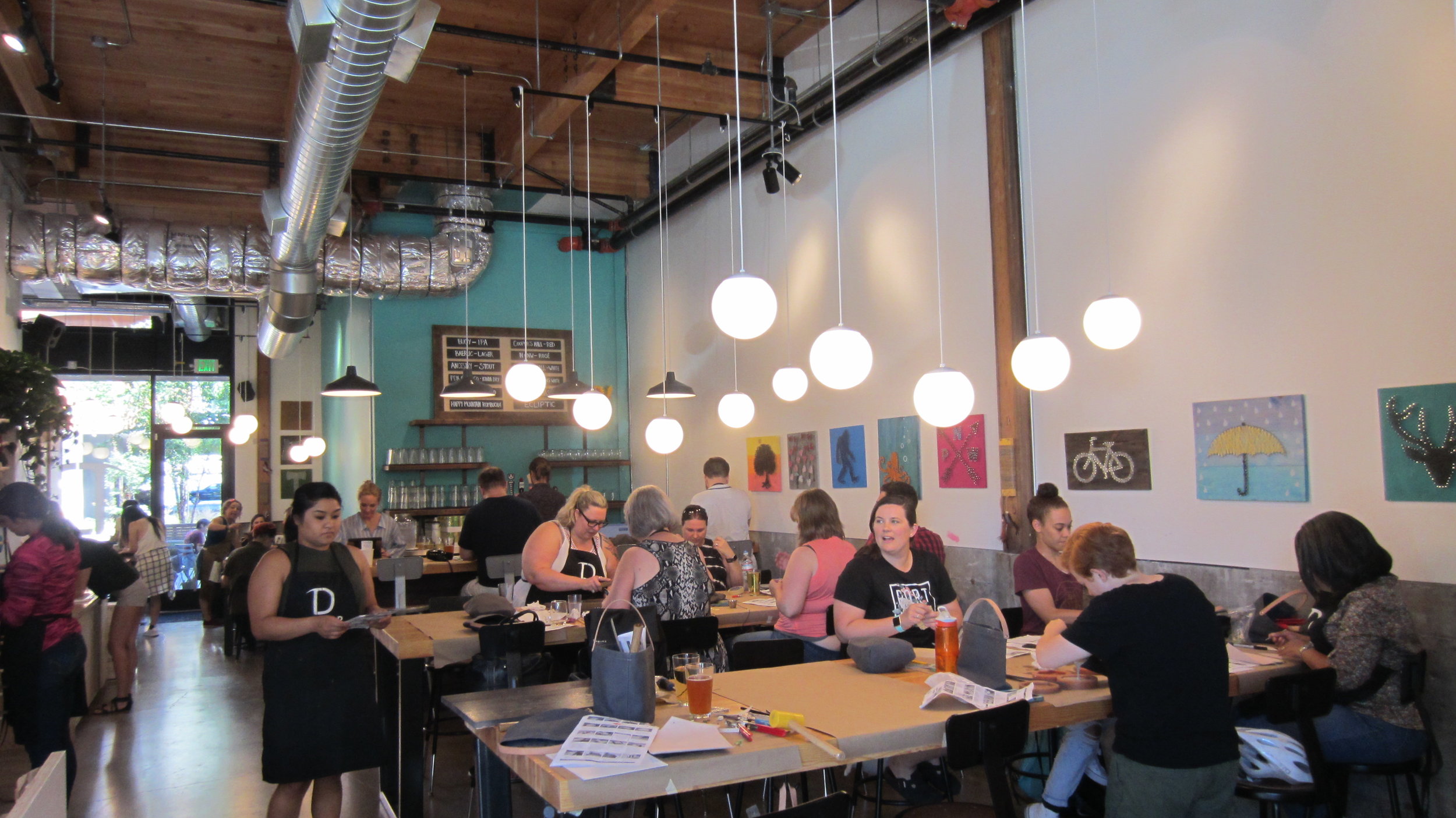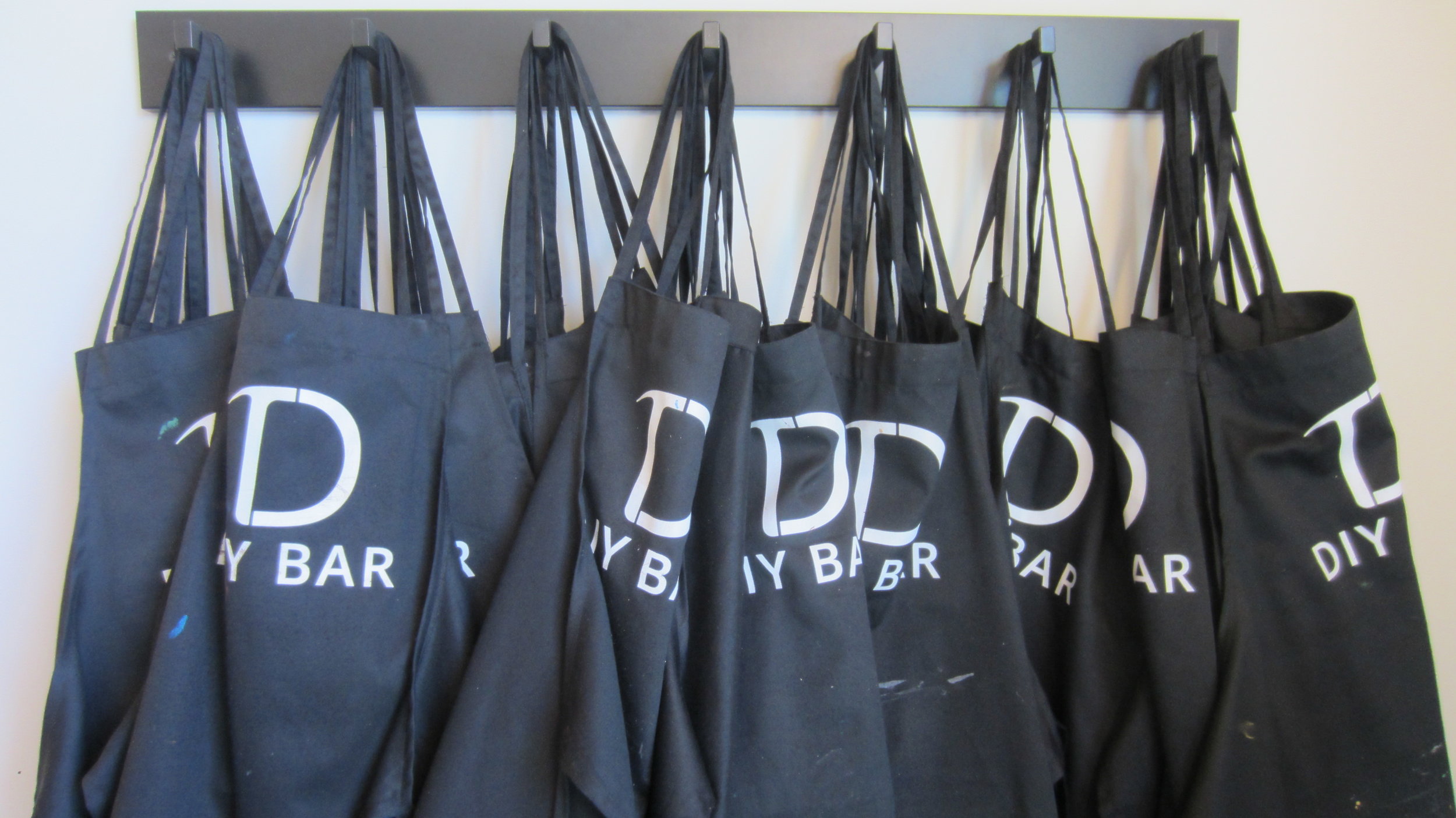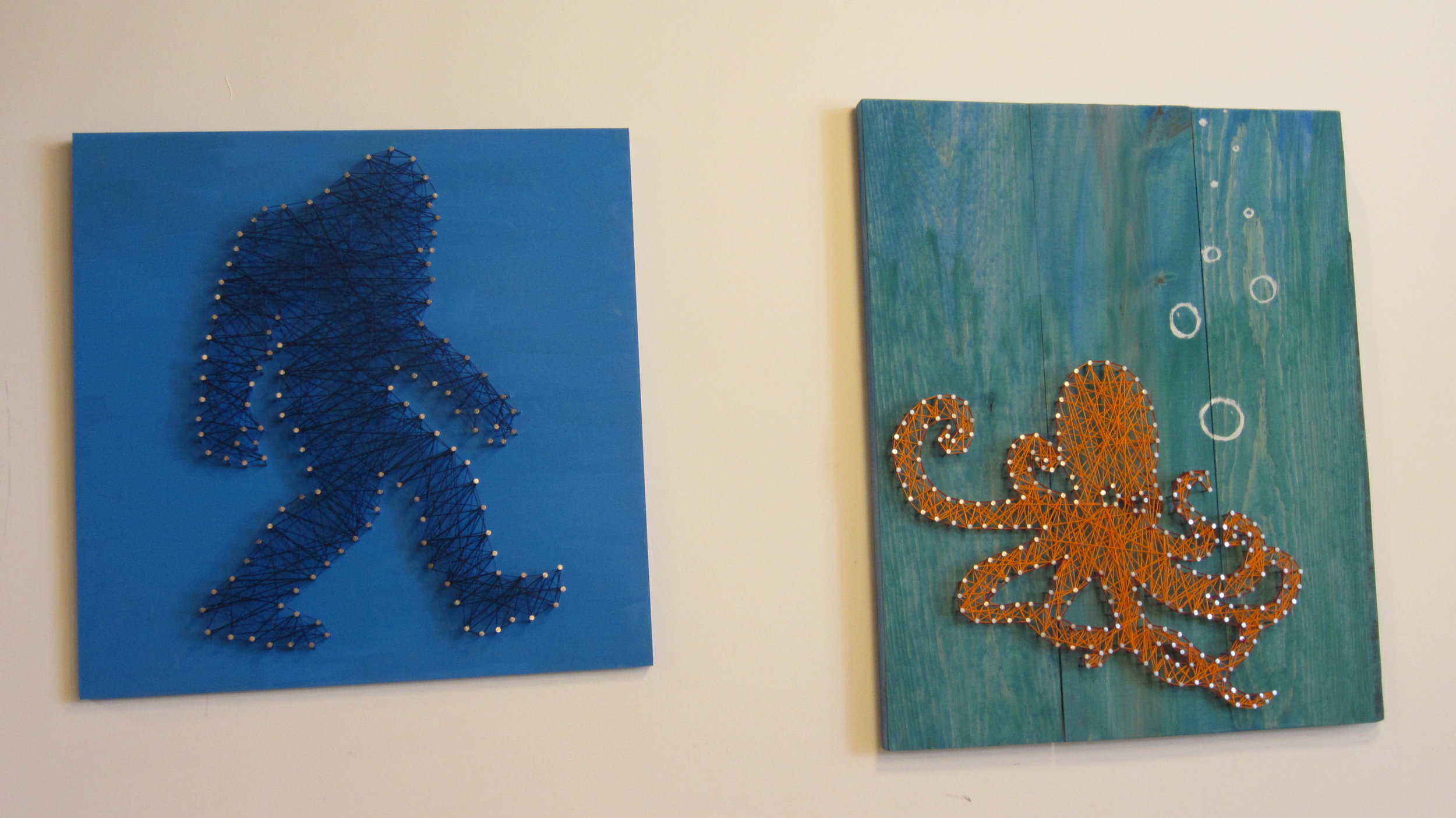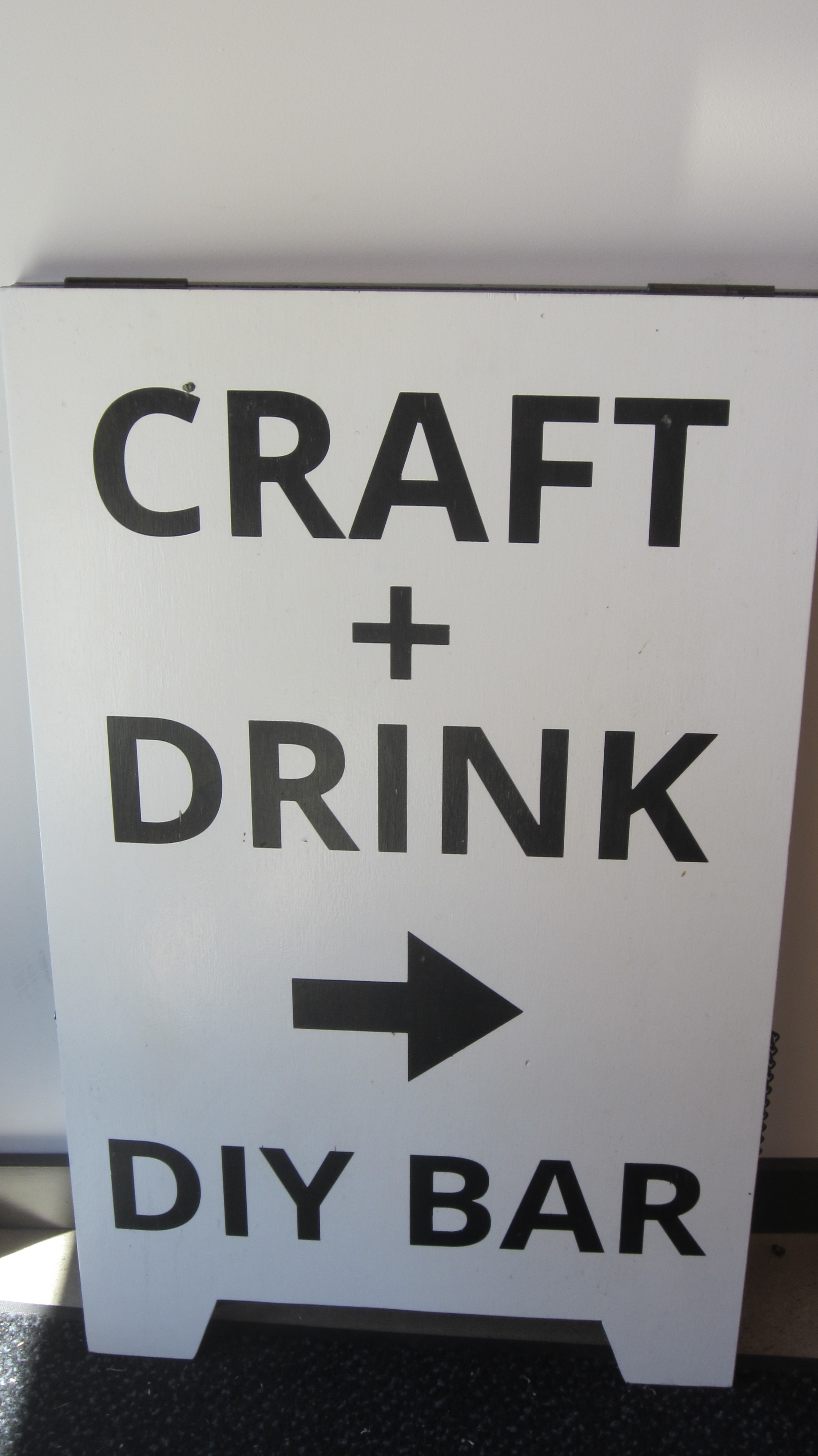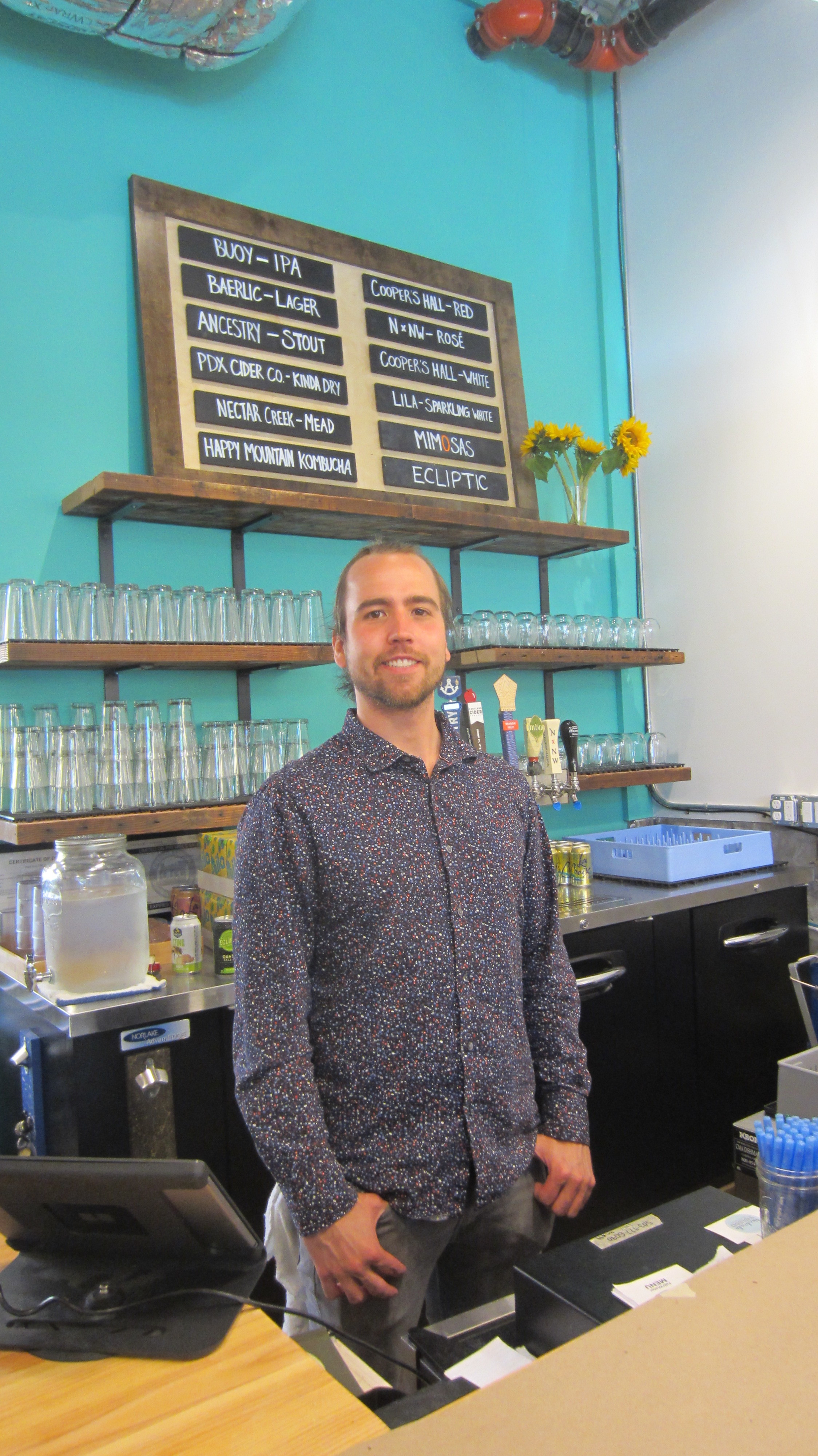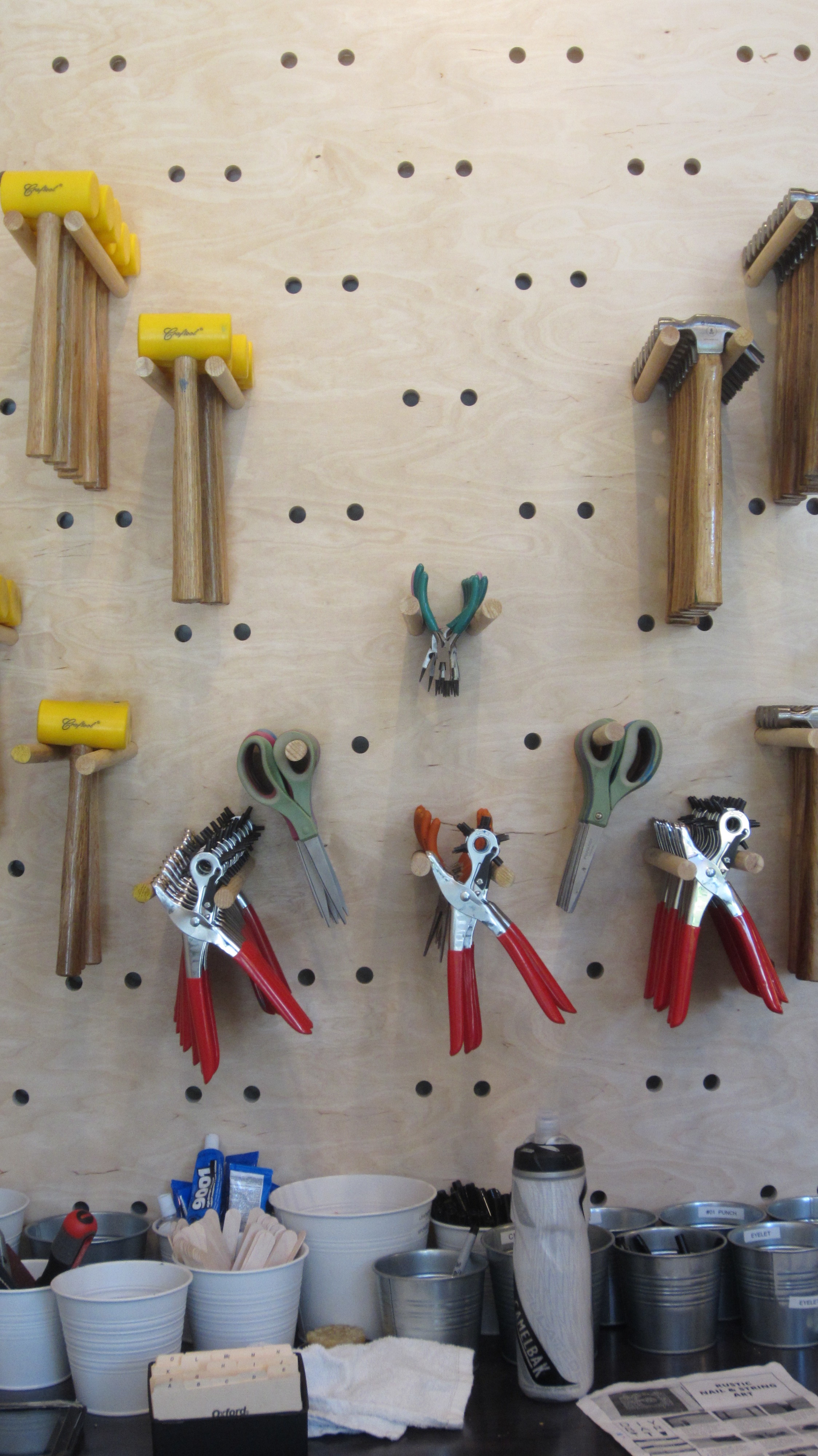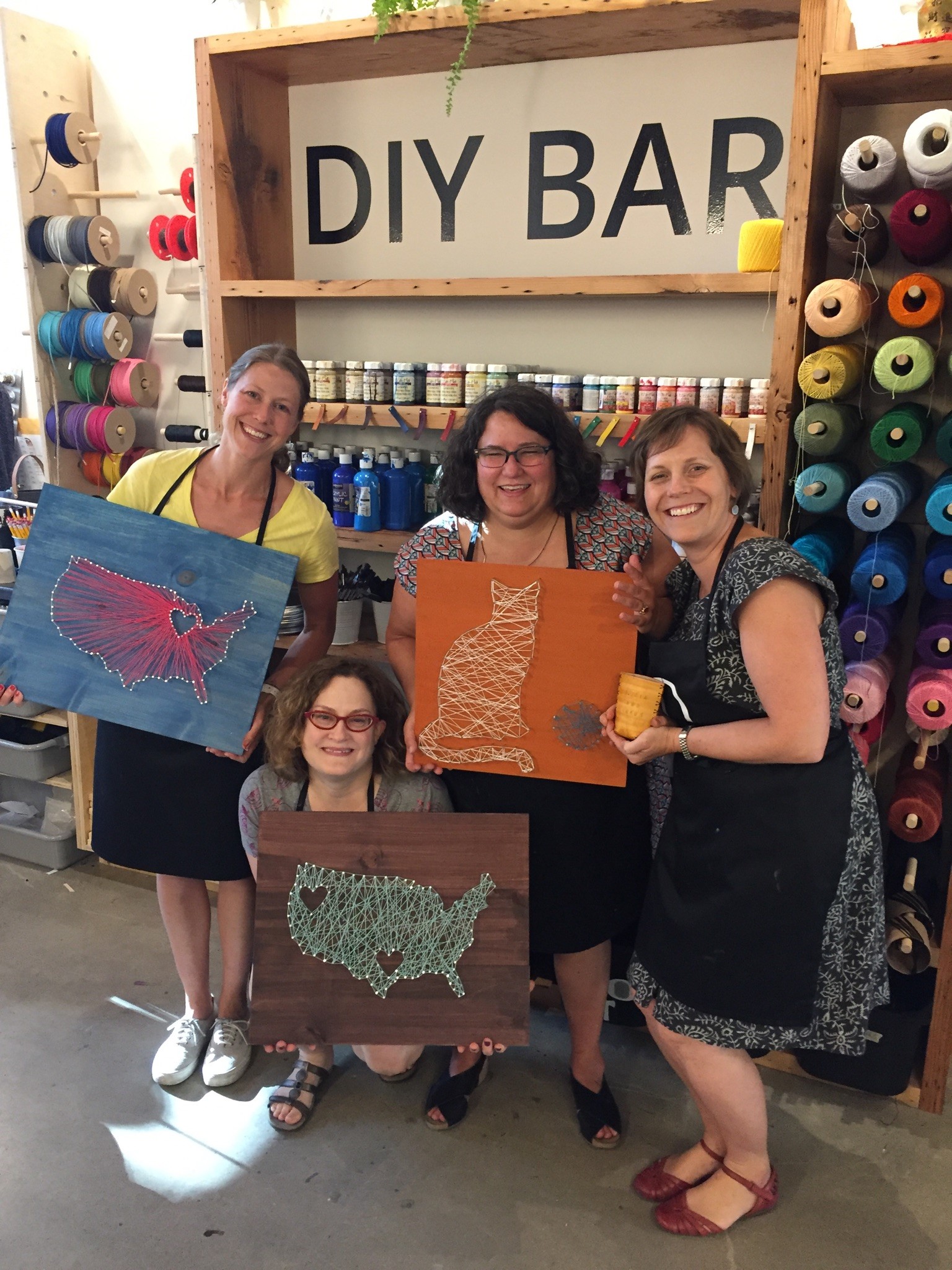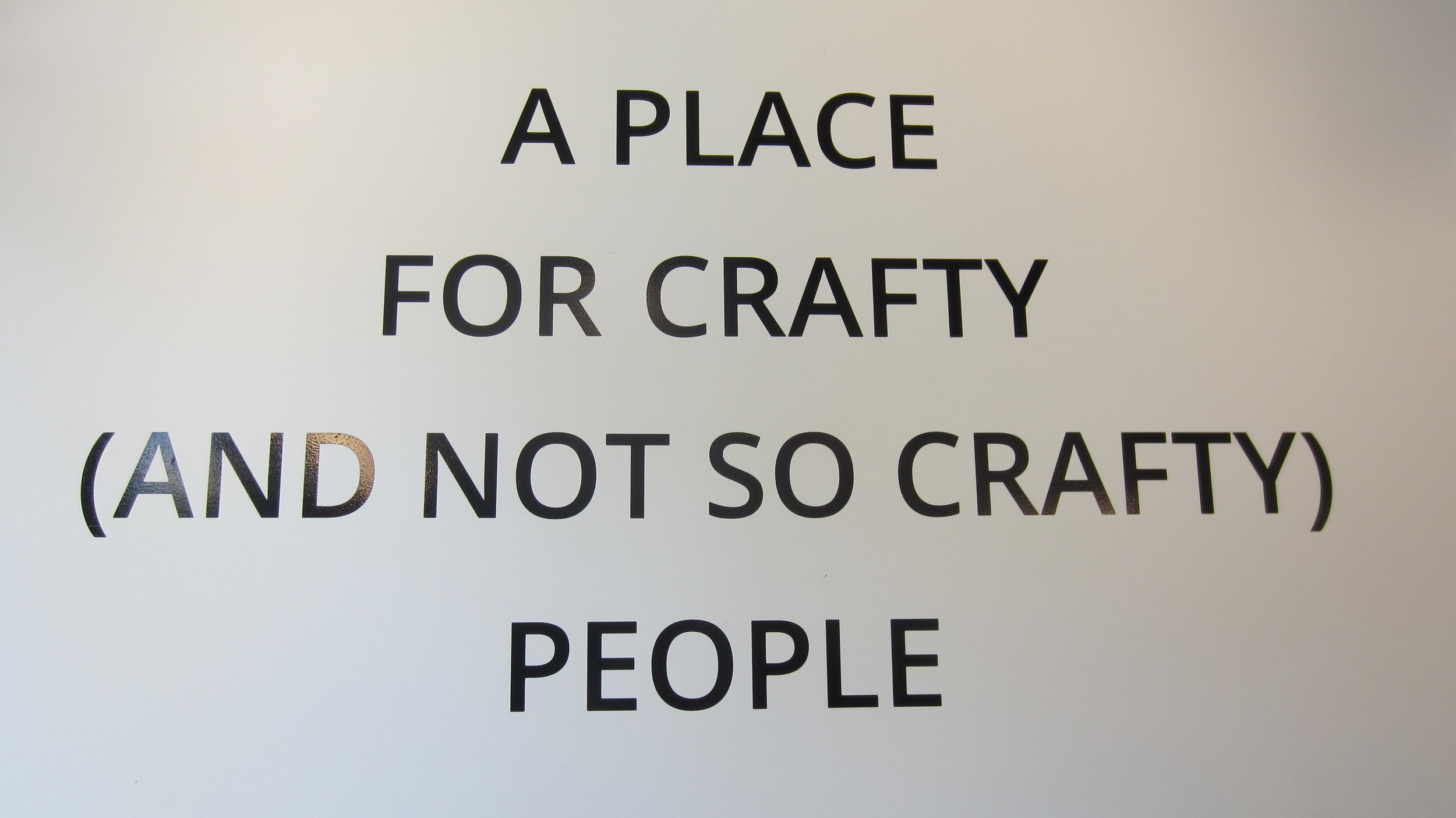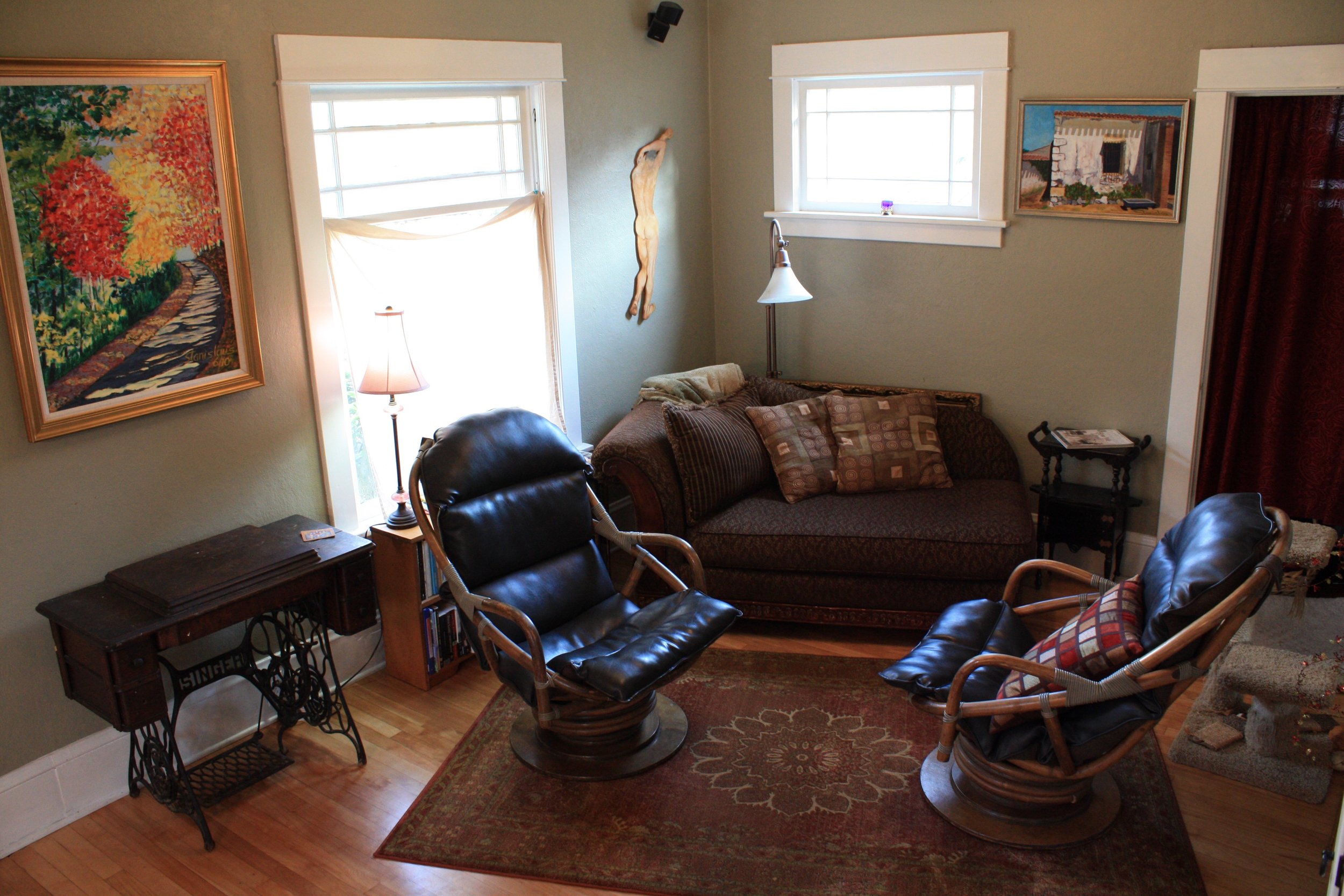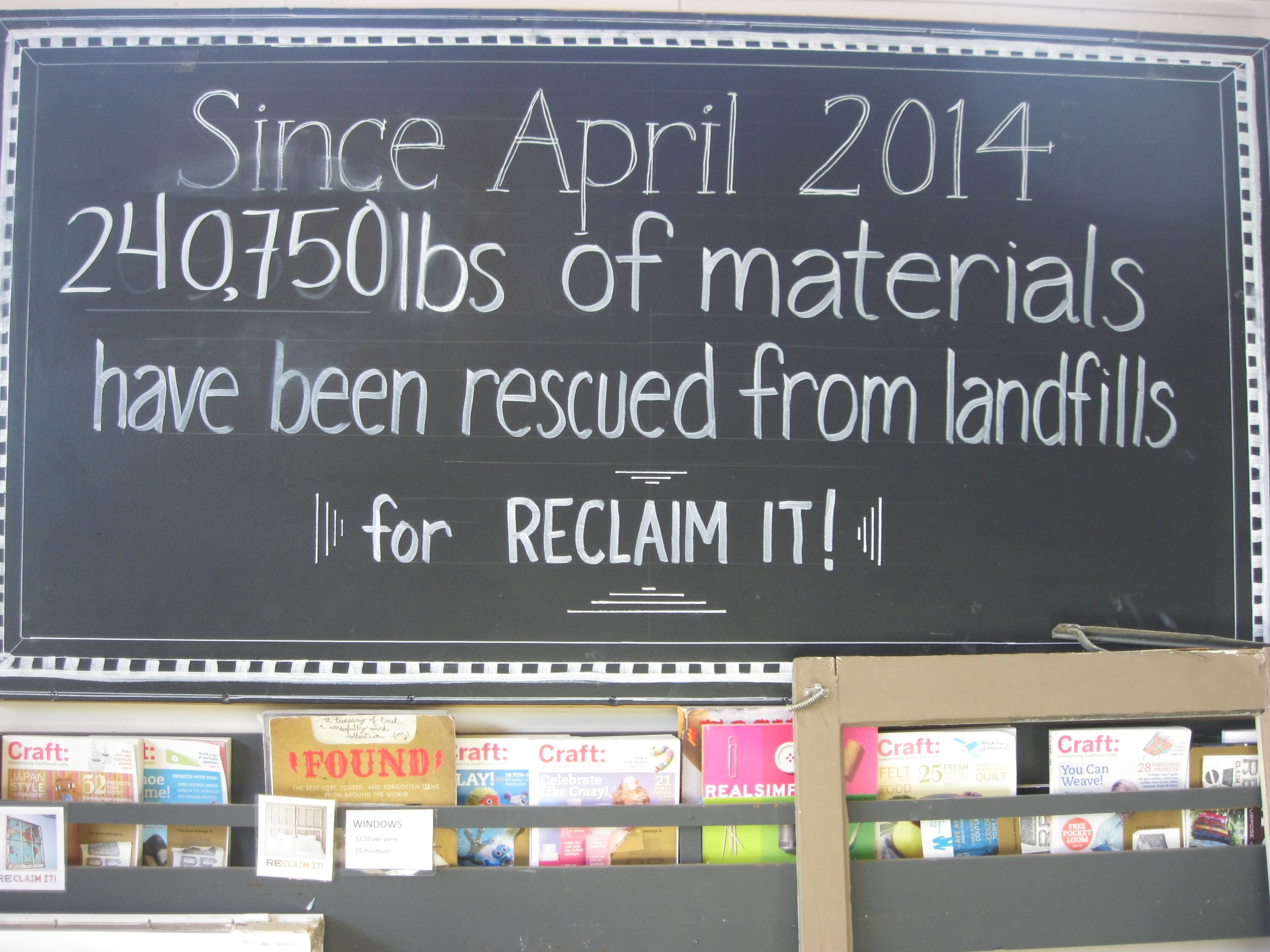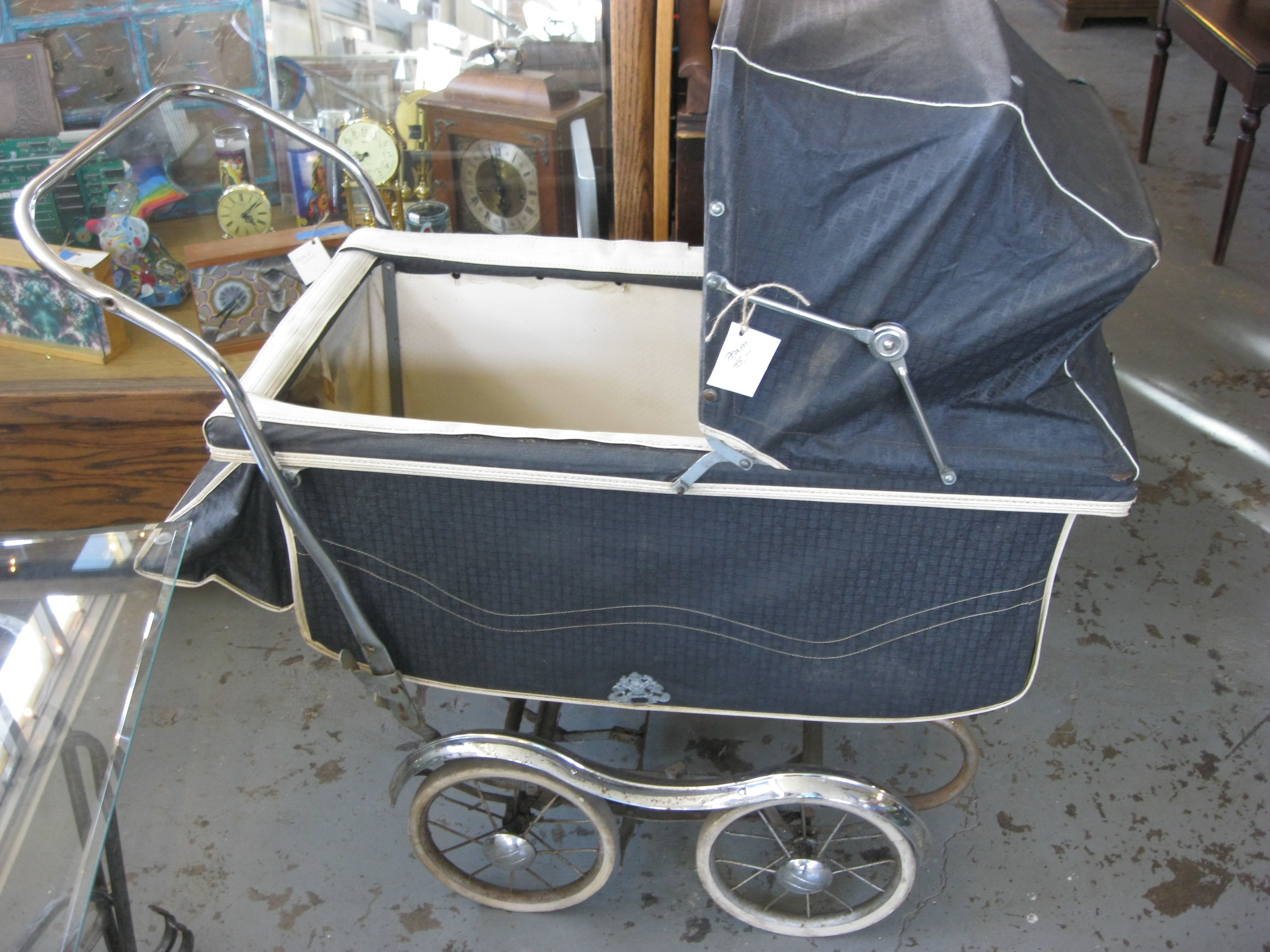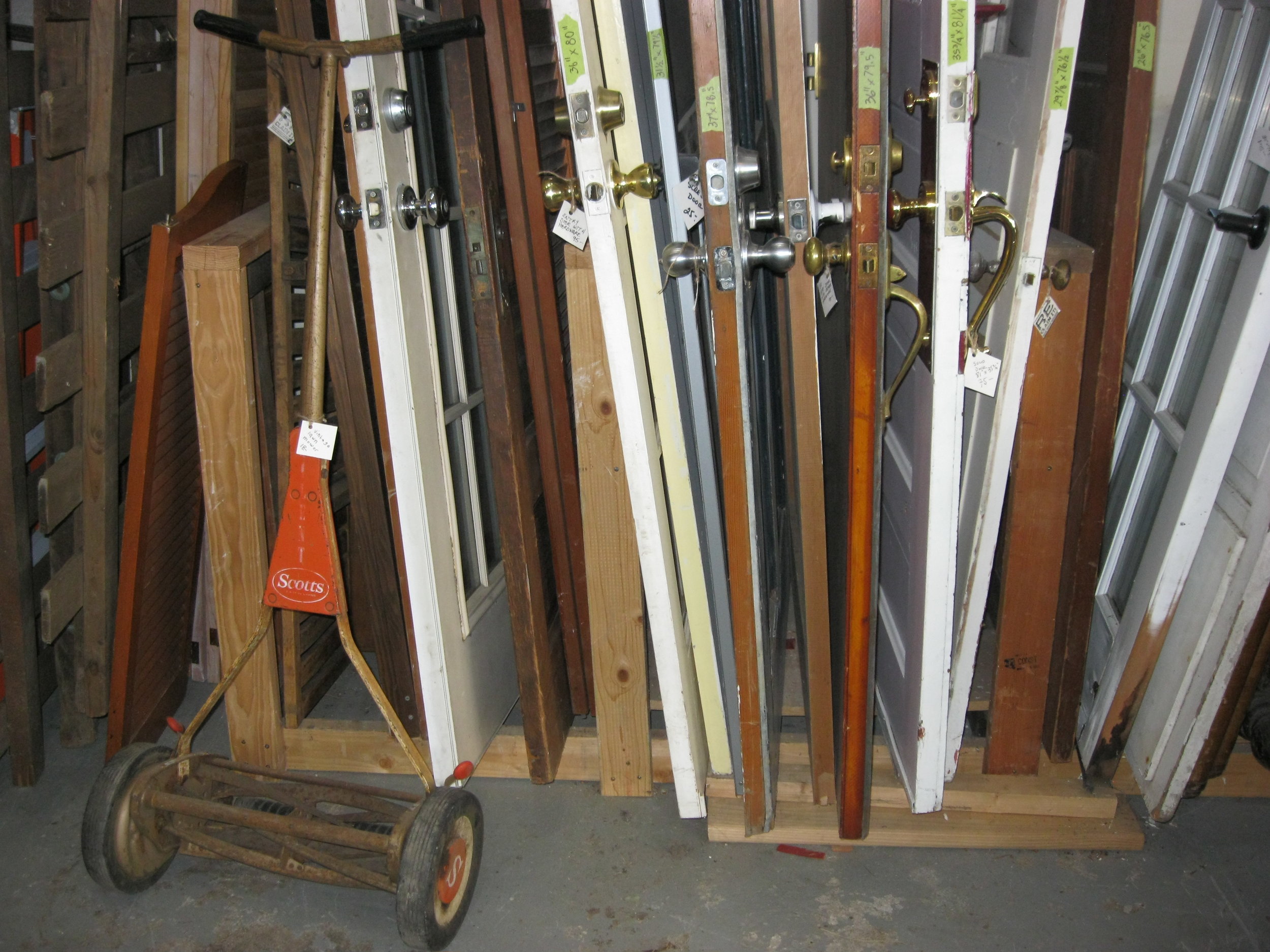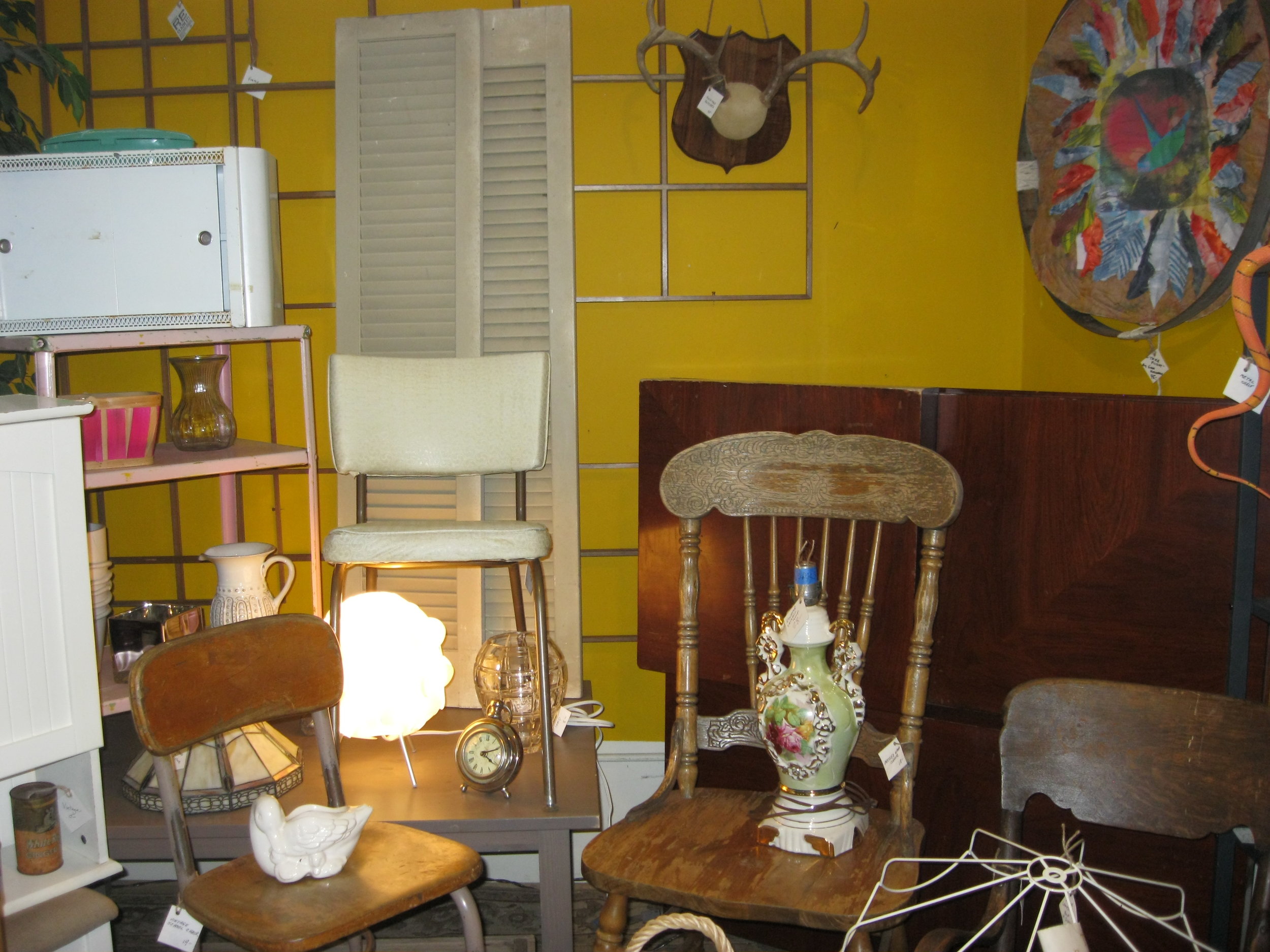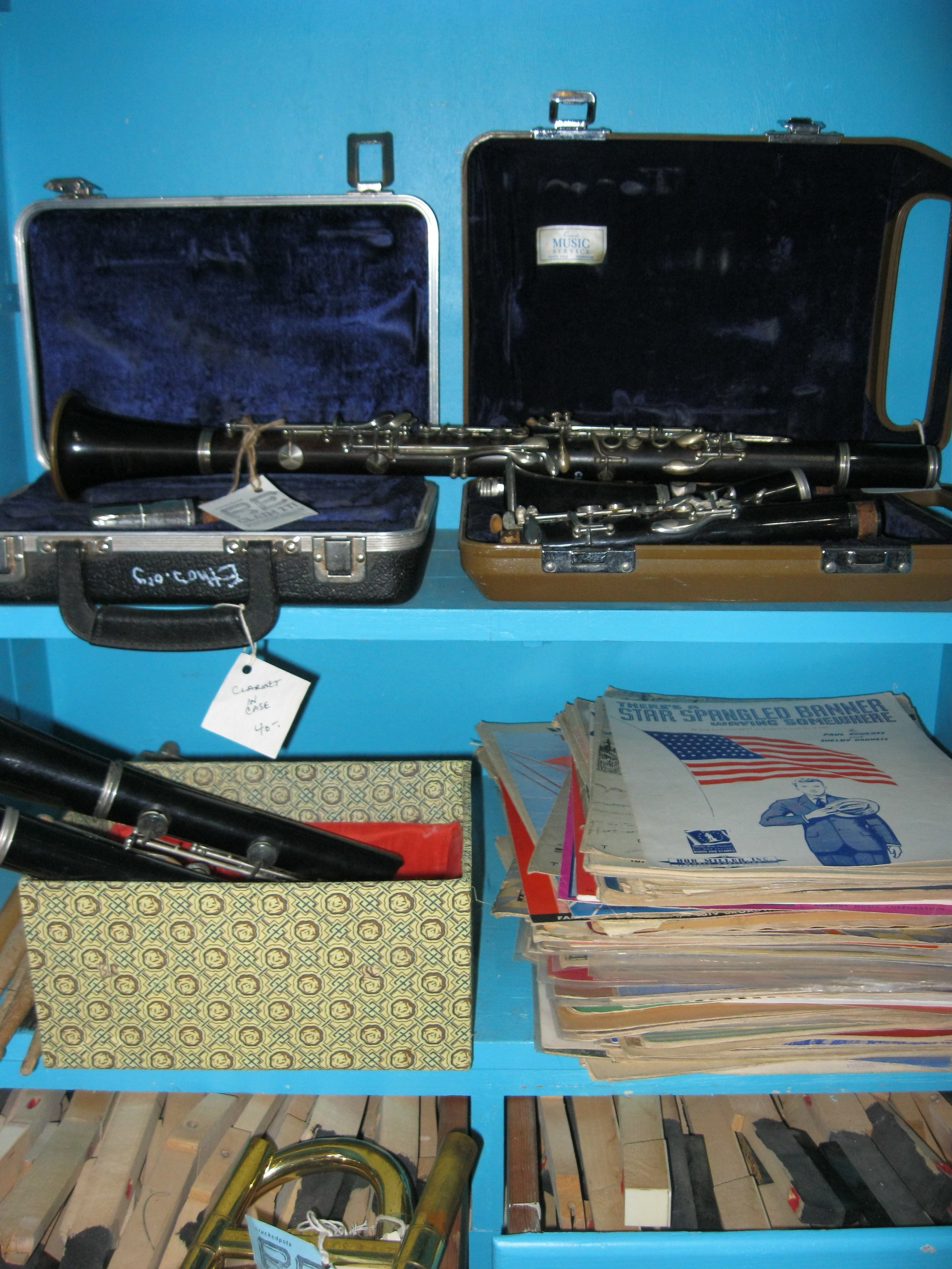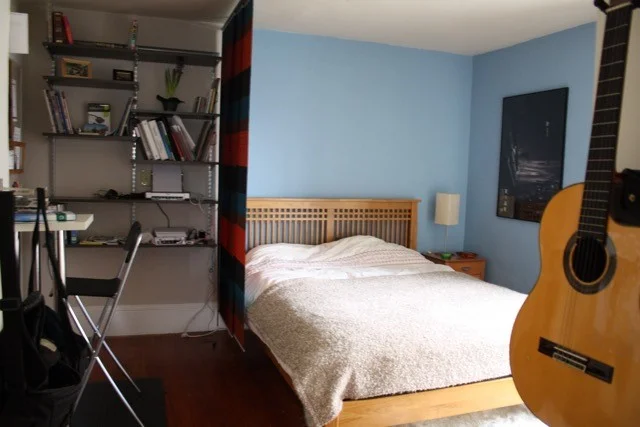By guest blogger Lynn Feinstein, Möbius Home
Change it up
One of the simplest ways to transform a room is to change the color with paint. Color can make a room appear larger or smaller, peaceful or energizing, brighter or softer.
The lighter the color, the larger the room appears. Darker colors make a room feel smaller and more cozy. For a calming effect, try shades of blue, green and cool grey. For the opposite effect, try warmer colors – red, yellow, orange and warm grey.
Every paint manufacturer sells a no VOC (Volatile Organic Compound) selection. I recommend this to all my clients, to protect the air quality in your home. Paints that have VOC’s continue to off-gas for weeks as they cure, even after they have dried. For anyone with allergies or lung conditions, this is especially critical to minimize breathing toxic fumes.
My favorite local brand is Colorhouse paint, founded by two artists who supported themselves by painting interiors. They made the decision to create a brand that would be safe for them to work with since they were getting sick from breathing the fumes of other paint.
Move it around
Another way to make a simple update is to rearrange your space. You can move items from one room to another. Or simply reconfigure what is already in the room. Add fresh elements like different pillows, throws and artwork. Be creative and think beyond what you might consider conventional. Experiment and have fun!
In these before and after photos, the owner of this craftsman home in Southeast Portland contacted us to help create a cohesive and functional expression of herself from the charming eclectic collection of items she owned. This included a pair of chairs she had recently inherited from her father and wanted to integrate into her home.
Some simple adjustments were made and many of her items rearranged. The bookshelves were removed from the dining area and the photos and collectibles reorganized and simplified in the built-in shelving. We made updates with the wall colors to create a more cohesive division of the rooms, as well as to open and lighten the space.
And her father’s chairs – they were reupholstered with Makelike textiles, a local design firm specializing in wallpaper, fabrics and graphics.
The house has beautiful hardwood floors, and to add some depth and warmth we ordered FLOR carpet tiles to create a custom designed area rug for the dining room. FLOR carpet tiles are made with recycled materials; tiles can be cleaned individually, and when damaged beyond repair, can be returned to the manufacturer to be recycled.
Additionally, new drapes for the windows added finishing touches.
It is clear that with a little change in paint and some creative rearrangements, you can create a dramatic change for little to no expense.
Check tips from Lynn about maximizing space for efficiency from a previous blog post.

